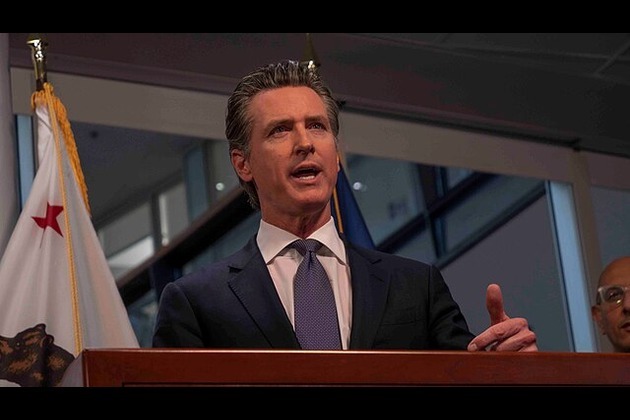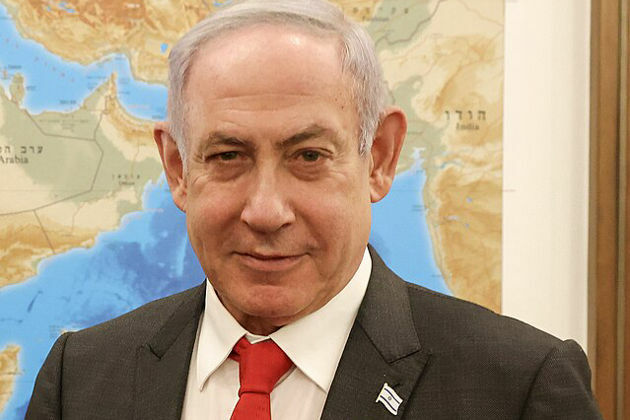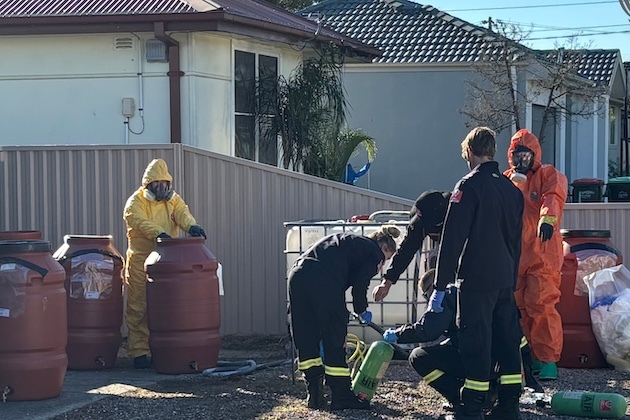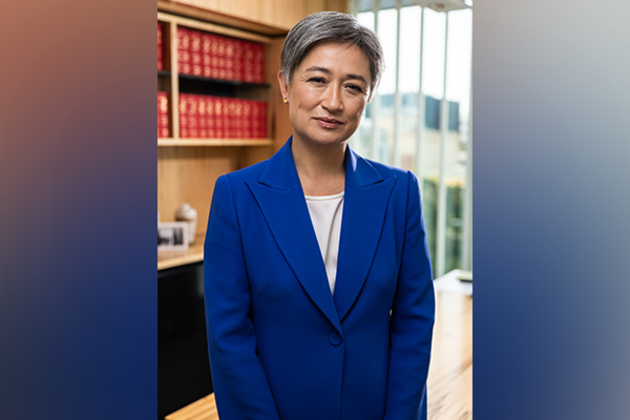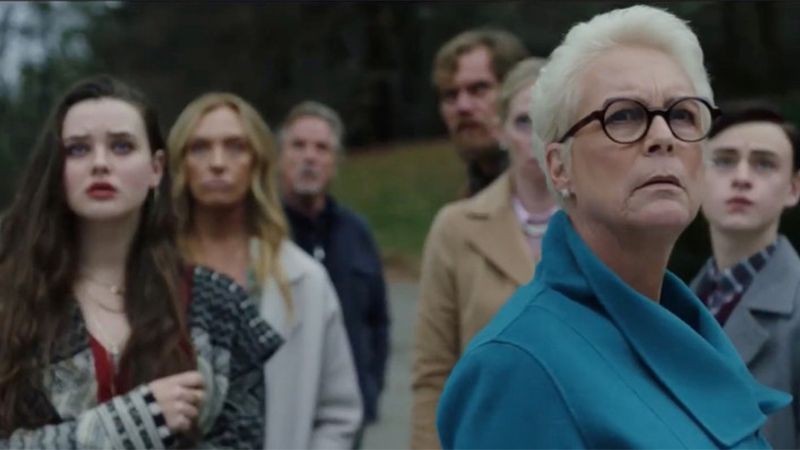Autonomous vehicle services: The future has a long and winding road
Independent Australia
15 Sep 2021, 04:22 GMT+10
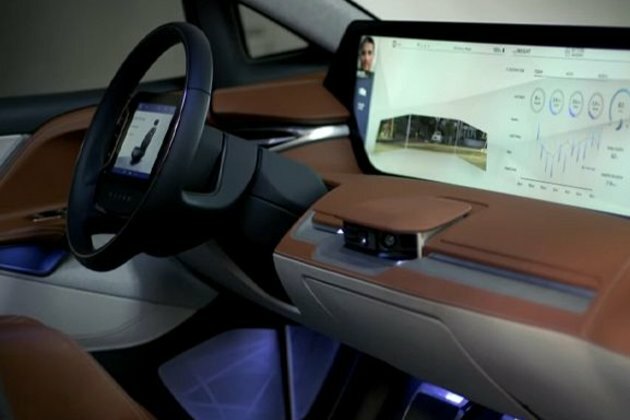
Automated vehicles will provide many benefits to drivers and the transport industry, but there is still a way to go before the technology is ready. Paul Budde reports.
AROUND 20 YEARS AGO, the Federal Communication Commission (FCC) in the USA allocated 75 MHz (5.85-5.925 GHz) to Intelligent Transportation Systems. This led to the dedicated short-range communications (DSRC) standard, 802.11p, which is a tweak of 802.11a. Approximately zero cars adopted it. There were demo projects and some roadside units were built, but it never came within a few orders of magnitude of reaching critical mass.
Then the industry became confused by the mobile operators pushing 5G. A few years ago, the mobile operators in Germany indicated that to develop an autonomous system in Germany, the car manufacturers had to become co-investors in 5G infrastructure. They flatly refused and that was a clear sign that a mobile industry-led 5G approach was dead in the water for V2X applications.
It will be the car manufacturers who will be driving the standards issue. If they fail to do so, regulations will be imposed on them. Of course, it will take decades before a fully autonomous vehicle system can operate, but I am sure that we will be moving in this direction.
In the meantime, 5 GHz Wi-Fi exploded, but a 160 MHz 802.11ax signal could not fit into 5.725-5.85 GHz. So, in late 2020, the FCC in the U.S. reallocated 5.85-5.895 to unlicensed use, gave a sunset to DSRC and left 5.895-5.925 for Cellular Vehicle-to-Everything (C-V2X) technology.
What Australia can learn from electric vehicle policies in Indonesia
The car companies were enraged. They had 75 MHz and now only have 30 MHz. They do want to use C-V2X rather than DSRC. The FCC normally lets spectrum users change technologies rather easily, but under the Trump Administration, this was not continued. My colleague, Fred Goldstein, told me that there are multiple appeals and petitions by the transportation sector to overturn the FCC's move and the U.S. Department of Transportation opposes it, too - though they are highly unlikely to go anywhere.
The car companies do need a lot more broadband capacity for V2V communication and even more for V2X (X namely being the roadside), to prevent accidents and allow self-driving vehicles to exchange video with each other. So now the industry has a solid 30 MHz for V2X in the U.S., the question now is will they use it?
The mobile carriers simultaneously used autonomous vehicles and vehicle safety as a reason for their entry into this business. But the cars on the road are more likely to be fully autonomous, using the vehicle radar spectrum allocated at 76-81 GHz. And the FCC has just tweaked the rules to allow more powerful field disturbance sensors inside vehicles on the 57-64 GHz (unlicensed) band for functions including autonomous vehicles operation and detecting unattended children left in cars.
Several car companies (Ford, BMW, Audi, Mercedes, Volvo, Cadillac, Porsche and Tesla) have endorsed C-V2X (which includes V2V non-cellular modes that do not depend on having coverage everywhere). However, it will be able to also use 5G when sufficient infrastructure becomes available.
Support for the C-V2X technology is gaining momentum for the following reasons:
- many cars already have cellular connectivity, for on-board diagnostics and software updates, and in-car entertainment (WiFi hotspots);
- since there is never going to be complete DSRC coverage for V2I (roadside), cellular connectivity is needed anyway; and
- it looks like car companies want to be part of the subscription model, particularly as vehicle lifetime increases - you will pay $X/month and get a package of services like software updates, concierge/emergency services like OnStar and V2X, with the cellular connectivity.
The Coalition's foolhardy war on electric cars
An early application could look like this, when a car is aware of upcoming traffic issues such as road works, congestion or accidents, it can take pre-emptive action such as slowing down or suggesting a different route. This can help boost traffic safety for people inside the car while avoiding start-and-stop traffic improves efficient energy use.
Other examples include the possibility for cars to find open parking spots easier with the help of traffic cameras. While this will be some time away, cars may also communicate with traffic lights to establish an optimal speed and create a so-called "green wave" and with each other to optimise safe exits and entries from and onto highways.
The new technology is also being tested in Australia:
The Advanced Connected Vehicles Victoria (ACV2) project is a partnership led by Telstra and Lexus Australia and is funded by a $3.5 million grant from the State Government's Connected and Automated Vehicle Trial Grants Program, which supports a range of initiatives to benefit road safety on roads across Victoria.
The Victorian Department of Transport and Transport Accident Commission (TAC) partnered with Bosch (Australia) and trailed a highly automated driving system and connectivity features on Victorian rural roads.
The Queensland University of Technology (QUT) undertook a study to investigate the infrastructure needs of automated vehicles now and in the future. The study methodology included training state-of-the-art artificial intelligence (AI) algorithms to help accurately localise the vehicle and recognise Australian road signs, road lines and traffic lights.
Paul Budde is an Independent Australia columnist and managing director of Paul Budde Consulting, an independent telecommunications research and consultancy organisation. You can follow Paul on Twitter @PaulBudde.
Related Articles
 Share
Share
 Tweet
Tweet
 Share
Share
 Flip
Flip
 Email
Email
Watch latest videos
Subscribe and Follow
Get a daily dose of Australian Herald news through our daily email, its complimentary and keeps you fully up to date with world and business news as well.
News RELEASES
Publish news of your business, community or sports group, personnel appointments, major event and more by submitting a news release to Australian Herald.
More InformationInternational
SectionFox faces $787 million lawsuit from Newsom over Trump phone call
DOVER, Delaware: California Governor Gavin Newsom has taken legal aim at Fox News, accusing the network of deliberately distorting...
DeepSeek faces app store ban in Germany over data transfer fears
FRANKFURT, Germany: Germany has become the latest country to challenge Chinese AI firm DeepSeek over its data practices, as pressure...
Canadian option offered to Harvard graduates facing US visa issues
TORONTO, Canada: Harvard University and the University of Toronto have created a backup plan to ensure Harvard graduate students continue...
Israel should act fast on new peace deals, Netanyahu says
JERUSALEM, Israel: Israeli Prime Minister Benjamin Netanyahu says that Israel's success in the war with Iran could open the door to...
UN offer rejected in Dreamliner crash investigation
NEW DELHI, India: India has decided not to allow a United Nations (UN) investigator to join the investigation into the recent Air India...
UN climate agency gets 10 percent boost amid global budget cuts
BONN, Germany: Despite widespread belt-tightening across the United Nations, nearly 200 countries agreed this week to increase the...
Sydney
SectionWestern Sydney raid results in seizure of $25 Million in drugs
SYDNEY, NSW, Australia - , Australian Federal Police (AFP) have shut down a secret drug lab in Sydney's west and seized more than 100kg...
Steve Smith defends Australia's batting coach after Healy's performance "regressed" remark in Tests
Bridgetown [Barbados], June 30 (ANI): Australia's talismanic batter Steve Smith has come out in defence of batting coach Michael Di...
Australia's powerhouses return for World Championship of Legends
New Delhi [India], June 30 (ANI): Cricket's fiercest competitors are back in action as Brett Lee, Chris Lynn, and Shaun Marsh lead...
Australian FM to hold talks with EAM Jaishankar on sidelines of Quad Foreign Ministers' meet
Canberra [Australia], June 30 (ANI): Australian Minister for Foreign Affairs, Penny Wong, on Sunday said that she will visit Washington...
Steve Smith confident of return for second Test against West Indies
Bridgetown [Barbados], June 30 (ANI): Australia batter Steve Smith remains optimistic about recovering in time to make his return from...
Here's how First Nations landholders can share the benefits of the NSW energy transition
The shift to clean, renewable sources of energy presents a rare opportunity for First Nations people, not only as energy users but...

